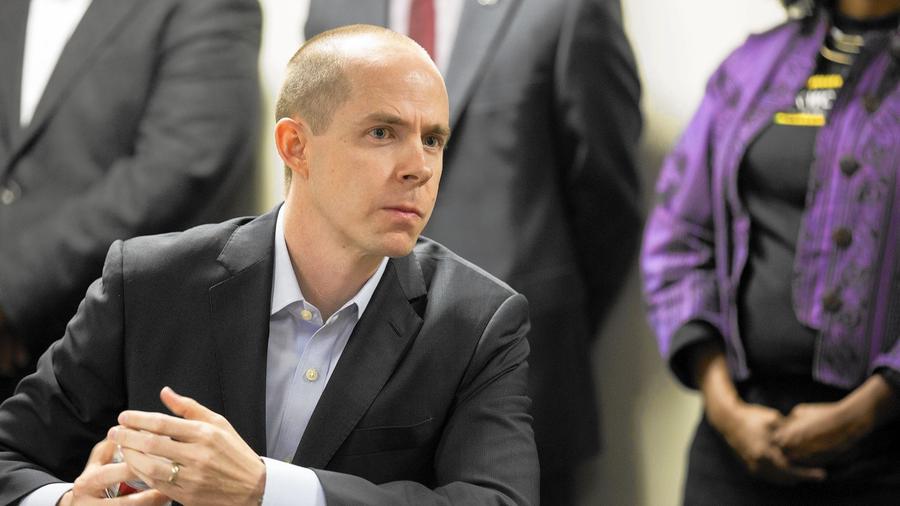Feedback is important for any industry, as it shows quite clearly what works, and what could be improved upon. In the service industry, there are different types of feedback. Customer feedback is most commonly discussed and used, while employee feedback tends to remain focused within the HR circle. Increasing the scope of what is asked within the feedback can improve the hotel service by astonishing amounts. This is because employees know the business in and out. They have regular experience with anything that they recommend or believe is not good practice.

Identifying Problems
A customer will give a hotelier comprehensive feedback. But a hotelier benefits from employee feedback as well, as a problem can be brought to light before a brand new customer is aware of it. Hoteliers strive to give customers an unforgettable experience so that they come back and/or spread good word of mouth about the hotel services. Anything that prevents the customer from having to face something that leads to a negative point in the feedback should be adopted.
Consider a hotel that is known throughout the city for its dinner buffet. Feedback from multiple customers shows that customers prefer multiple options for dessert (as the rival hotel buffet has started providing) instead of just a fixed dish. Had employee feedback been the norm, this problem at this hotel would have been recognized long before, because employees would have noticed it themselves during regular customer interactions.
Making Employees Feel Valued
When a customer tries a restaurant, even when the food and wine is excellent, if the service isn’t up to par, the overall impression of the establishment is diminished. Of course, correct training of employees is important. However, it is not enough to just hire the right people. Hoteliers need to boost morale and make employees feel that they matter to encourage better performance.
According to Hubspot, 39 percent of employees don’t feel valued at their workplace. When management invites employee feedback, it suggests that employee opinions are considered to be essential. This helps form a connection between employee and employer.
Customers notice when they walk into a place and the energy of the employees is so infectious, that it starts rubbing off on them. The instant impression of any place where employees are enjoying their work, and even having fun while doing it, is overwhelmingly positive. To create such an atmosphere, the employees have to feel valued at their workplace. Inviting employee feedback is one such tool that makes them feel like a part of the business. Hoteliers can achieve wonders with employees who are driven by motivation that is more than just a weekly or monthly monetary return.
For more info: (bit.ly/22Q7955)










